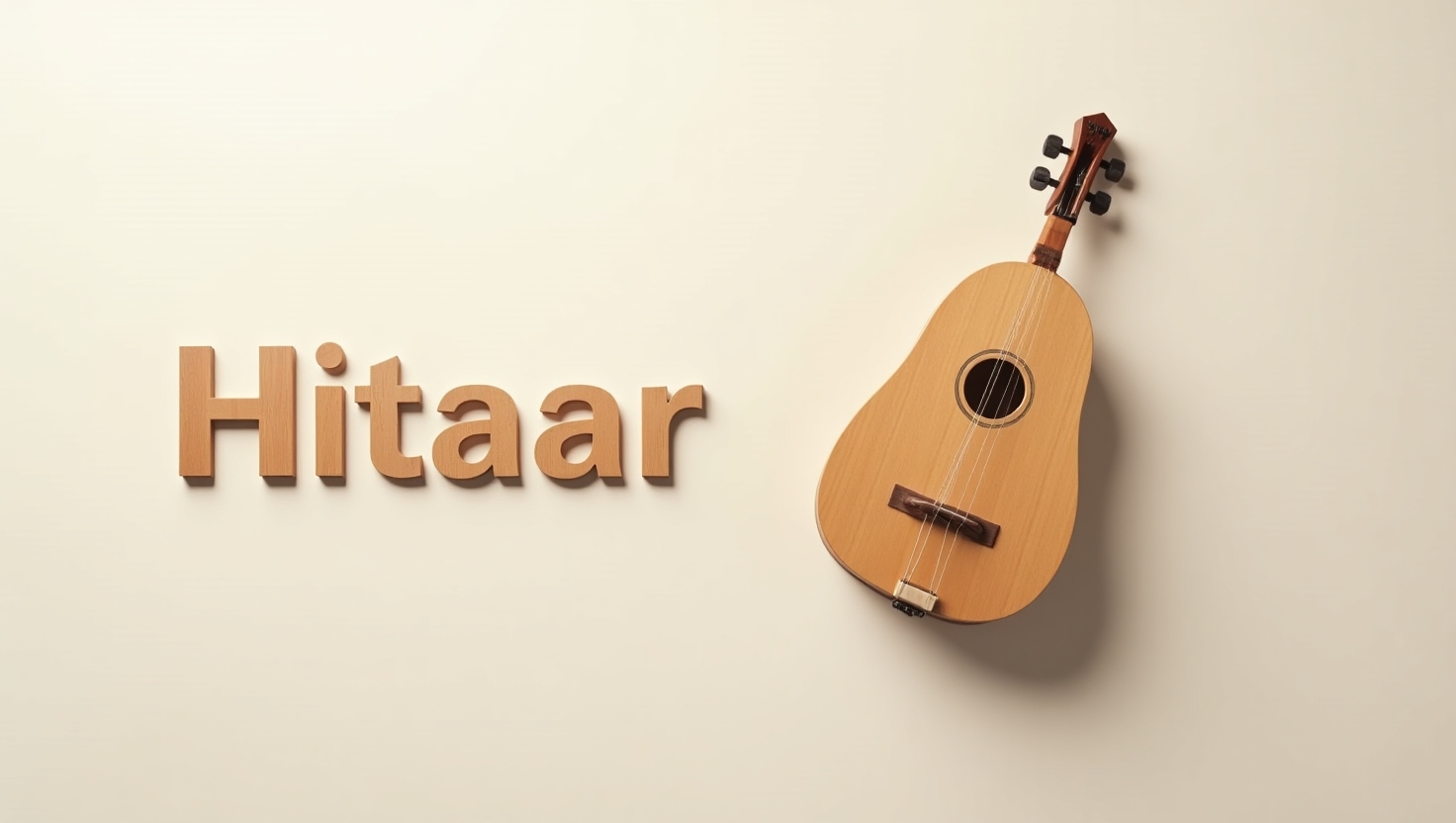In today’s ever-evolving world, where trends come and go with the blink of an eye, Hitaar stands as a remarkable example of continuity, cultural significance, and lasting relevance. While many concepts, traditions, and creations fade into obscurity, Hitaar has consistently retained its importance, adapting seamlessly to modern times without losing its foundational essence.
The Origins of Hitaar and Its Enduring Value
Understanding why Hitaar remains relevant begins with tracing its historical and cultural origins. Born out of deep-rooted traditions, Hitaar has always represented more than just a practice or philosophy—it embodies a way of life. Its foundation is built upon values of harmony, balance, and community, principles that are as essential today as they were centuries ago.
By remaining grounded in these universal principles, Hitaar transcends time, providing meaning to generations who continue to embrace it. This intrinsic adaptability is what makes it more than just a relic of the past—it’s a living tradition.
Hitaar as a Bridge Between Tradition and Modernity
In the modern era, societies are often caught between preserving heritage and embracing innovation. Hitaar successfully bridges this divide. While it retains the wisdom of the past, it has evolved to align with contemporary lifestyles.
For example, the core teachings of Hitaar—whether in personal development, leadership, or social interaction—are being reinterpreted in ways that resonate with today’s audience. Institutions, educators, and thought leaders are incorporating these lessons into frameworks of mindfulness, ethical living, and sustainable practices. This ability to transform without compromising authenticity ensures that Hitaar continues to thrive in the present day.
Cultural Relevance Across Generations
Another reason Hitaar remains relevant is its intergenerational appeal. Unlike many practices that only resonate with one demographic, Hitaar provides lessons that are adaptable across age groups.
-
For the youth, it offers guidance in cultivating resilience and discipline amidst the pressures of modern life.
-
For adults, it provides a roadmap for balanced decision-making, leadership, and interpersonal harmony.
-
For elders, it reinforces values of wisdom, legacy, and mentoring the next generation.
This universal applicability ensures that Hitaar never becomes outdated, but instead acts as a cultural glue binding generations together.
Philosophical and Ethical Foundations of Hitaar
At its heart, Hitaar is more than just cultural symbolism—it is built on a philosophical framework that emphasizes ethical conduct, mutual respect, and purposeful living. These ideals are timeless. In an era marked by rapid change, technological disruption, and social fragmentation, the principles of Hitaar act as guiding lights.
Its philosophy stresses the importance of:
-
Integrity in both personal and professional spaces.
-
Responsibility towards community and environment.
-
Balance between ambition and humility.
-
Respect for traditions while embracing progress.
These ideals are not bound to any specific time period; they are universally relevant values that ensure Hitaar remains an enduring reference point.
Hitaar in Global Conversations
Interestingly, the relevance of Hitaar is no longer confined to its cultural roots. As globalization fosters interconnected societies, the principles of Hitaar are gaining recognition worldwide. Whether in the fields of psychology, leadership development, or even corporate governance, the wisdom embedded in Hitaar is being studied and applied in global frameworks.
Organizations seek to integrate ethical models and sustainable philosophies, many of which align seamlessly with the foundations of Hitaar. Its integration into international discourses is proof of its cross-cultural adaptability and enduring relevance.
Practical Applications in Daily Life
One of the strongest reasons why Hitaar continues to matter is its practical application in daily life. Unlike abstract theories, Hitaar provides actionable guidance. People use its principles to:
-
Cultivate mindfulness and mental well-being in hectic lifestyles.
-
Strengthen family bonds by emphasizing respect and unity.
-
Build ethical professional practices that prioritize fairness and transparency.
-
Navigate social complexities with wisdom and empathy.
Because these applications yield tangible benefits, individuals and communities continue to turn to Hitaar as a dependable source of guidance.
The Role of Hitaar in Education and Thought Leadership
Educational institutions and thought leaders are increasingly recognizing the importance of embedding Hitaar-inspired values into learning frameworks. Curriculums that incorporate lessons of ethical living, empathy, and sustainable practices draw inspiration from the philosophical core of Hitaar.
By doing so, they equip younger generations with the skills and mindset necessary to thrive in modern society while remaining grounded in time-tested principles. This ensures not only the preservation of Hitaar but also its active role in shaping future leaders.
Adaptability to Modern Challenges
What makes Hitaar stand out is its adaptability. In today’s fast-changing world, challenges such as climate change, technological disruption, and social inequality require solutions grounded in wisdom and ethics. Hitaar offers exactly that.
-
Its call for balance with nature resonates deeply in discussions around sustainability.
-
Its stress on community responsibility aligns with global movements for social justice.
-
Its focus on integrity and fairness speaks directly to ethical challenges in governance and business.
By addressing modern issues without losing its essence, Hitaar proves itself as a timeless resource for contemporary problem-solving.
Why Hitaar Will Remain Relevant in the Future
Looking ahead, it is clear that Hitaar’s relevance will only grow stronger. As people search for meaningful connections, ethical frameworks, and sustainable practices, Hitaar provides answers rooted in wisdom yet adaptable for modern times.
Its strength lies in its ability to remain dynamic, inclusive, and universally applicable. By continuing to evolve while staying true to its foundation, Hitaar ensures its place not just as a cultural artifact but as a guiding philosophy for future generations.
Conclusion
The continued relevance of Hitaar is not an accident—it is a testament to its universal wisdom, adaptability, and enduring appeal across cultures and generations. In a world where many traditions fade, Hitaar remains a shining example of how timeless values, when properly preserved and adapted, can guide humanity through both challenges and opportunities.

